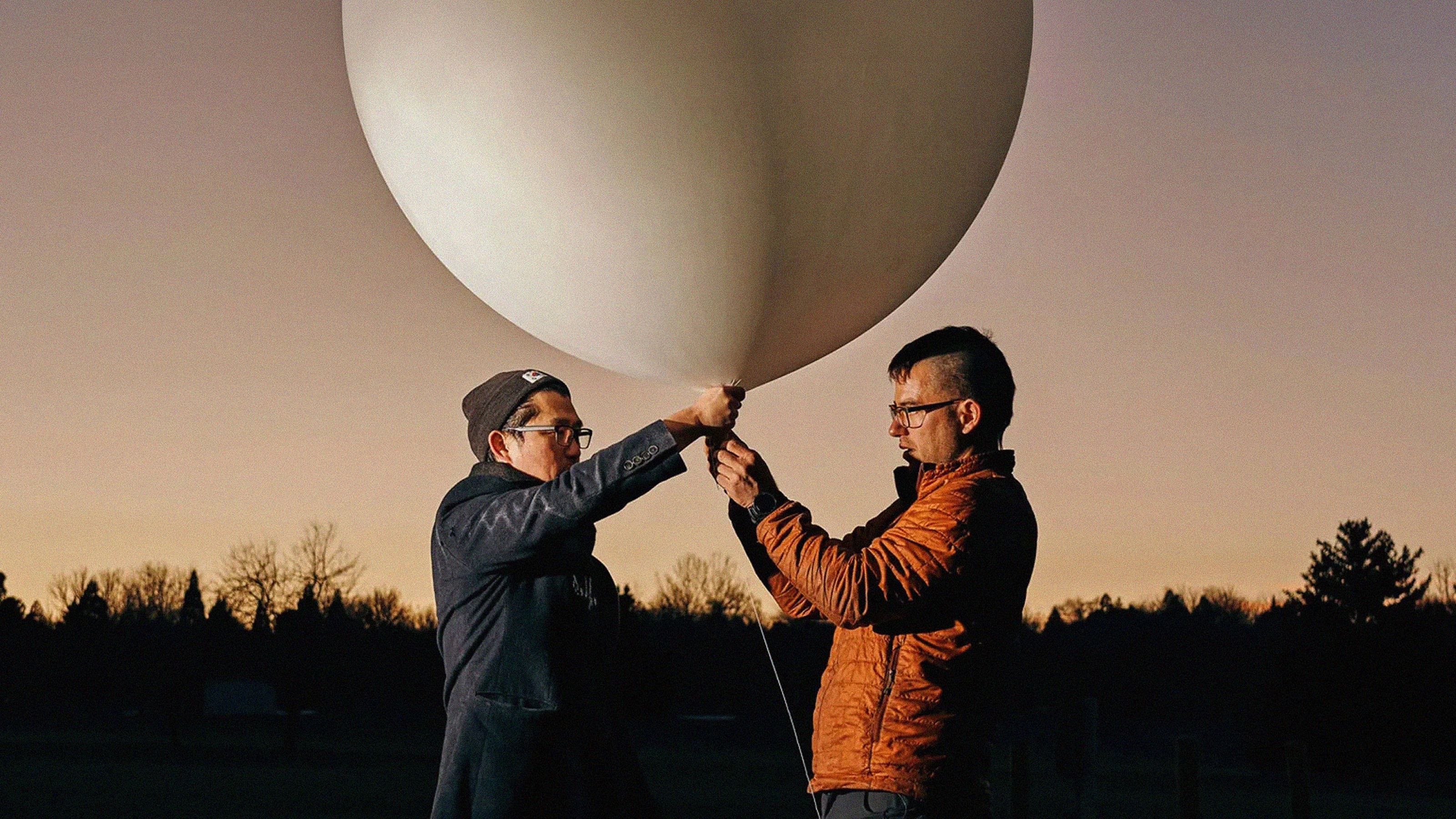At the NY Times, Elevating the Voice of Farmers on Climate Change

On the issue of climate change, among the most important, yet frequently overlooked segments of the public are farmers living in the agricultural Midwest and across major agricultural districts of the Northeast including upstate New York and western Pennsylvania. For these constituencies, their opinion is often represented as adamantly opposed to regulation of greenhouse gas emissions, a claim promoted by the powerful American Farm Bureau Federation. Describing itself as the “national voice of agriculture,” the Bureau has chapters in every state. Last year at it’s annual meeting, the one panel on climate change was titled “Global Warming: A Red Hot Lie?”
In response, as ClimateWire reported, a coalition of scientists–many from agricultural state universities–sent a letter to the Farm Bureau emphasizing the risks to farming and farmers posed by climate change. Yet more than an emphasis on risks is needed to engage farmers.
Part of the challenge is breaking the level of what communication researchers call “pluralistic ignorance” about where farmers stand on climate change. Rather than letting the Farm Bureau stand-in for the views of all farmers, other representations of opinion need to be brought to the attention of decision-makers and to the agricultural community at large. As I outlined the day after the Midterm elections, this would be a central part of an engagement initiative focusing on Battleground states of the Midwest–including Pennsylvania and areas of upstate New York–in the months leading up to the next Presidential campaign.
This strategy would include carefully planned deliberative forums involving farmers and other stakeholders, surveys and focus groups of the agricultural sector to gain a better understanding of their mental models, opinions, and information and resource needs, and the recruitment of farmers as opinion-leaders who could discuss and engage their peers on the risks of climate change, the methods for shifting farming practices and adapting to these risks, and the benefits that such actions would bring, despite the short-term costs.
The central hub for these engagement efforts would be a digital news community that would cover the region-specific relevance of climate change to societal sectors such as agriculture, while providing attention to the results of deliberative forums, surveys, and through interviews, blogs, video, and commentary articles, give voice to the preferences and ideas of key opinion-leaders.
A major outcome of these initiatives would be to more accurately convey to decision-makers from these states where true public opinion and preferences among their farming constituents might stand, instead of letting these views be narrowly defined by interest groups such as the Farm Bureau.
Communicating the views of farmers on climate change is also likely influential in engaging the wider public. The pastoral symbolism of the American farm and farmer has a persuasive capacity perhaps only equaled by the medical community. If farmers say that climate change threatens their way of life and the U.S. food system, and call upon the government to provide the legislation and resources to combat and adapt to the challenge, then many Americans are likely to take this as an additional reason to pay closer attention to the climate and energy issue.
An example of the importance of elevating attention to views differing from the representations of the Farm Bureau occurred yesterday at the New York Times. In an op-ed, Minnesota farmer Jack Hedin issued a very compelling personal narrative about how climate change is likely to lead to patterns of heavier precipitation in his region, an impact that he believes he has already personally experienced. He notes that farmers need help from the government in adapting to these challenges and can take matters into their own hands by adopting more sustainable growing practices. But he also emphasizes that farmers must take responsibility for their own contribution to the problem by curbing farm-related emissions. As he concludes:
No two farms have the same experience with the weather, and some people will contend that ours is an anomaly, that many corn and bean farms in our area have done well over the same period. But heavy summer weather causes harm to farm fields that is not easily seen or quantified, like nutrient leaching, organic-matter depletion and erosion. As climate change accelerates these trends, losses will likely mount proportionately, and across the board. How long can we continue to borrow from the “topsoil bank,” as torrential rains force us to make ever more frequent “withdrawals”?
Climate change, I believe, may eventually pose an existential threat to my way of life. A family farm like ours may simply not be able to adjust quickly enough to such unendingly volatile weather. We can’t charge enough for our crops in good years to cover losses in the ever-more-frequent bad ones. We can’t continue to move to better, drier ground. No new field drainage scheme will help us as atmospheric carbon concentrations edge up to 400 parts per million; hardware and technology alone can’t solve problems of this magnitude.
To make things worse, I see fewer acres in our area now planted with erosion-preventing techniques, like perennial contour strips, than there were a decade ago. I believe that federal agriculture policy is largely responsible, because it rewards the quantity of acres planted rather than the quality of practices employed.
But blaming the government isn’t sufficient. All farmers have an interest in adopting better farming techniques. I believe that we also have an obligation to do so, for the sake of future generations. If global climate change is a product of human use of fossil fuels — and I believe it is — then our farm is a big part of the problem. We burn thousands of gallons of diesel fuel a year in our 10 tractors, undermining the very foundation of our subsistence every time we cultivate a field or put up a bale of hay.
I accept responsibility for my complicity in this, but I also stand ready to accept the challenge of the future, to make serious changes in how I conduct business to produce less carbon. I don’t see that I have a choice, if I am to hope that the farm will be around for my own great-grandchildren.
But my farm, and my neighbors’ farms, can contribute only so much. Americans need to see our experience as a call for national action. The country must get serious about climate-change legislation and making real changes in our daily lives to reduce carbon emissions. The future of our nation’s food supply hangs in the balance.
See also:
Eye on 2012: A Post-Partisan Plan for Engaging the Public on Climate Change





